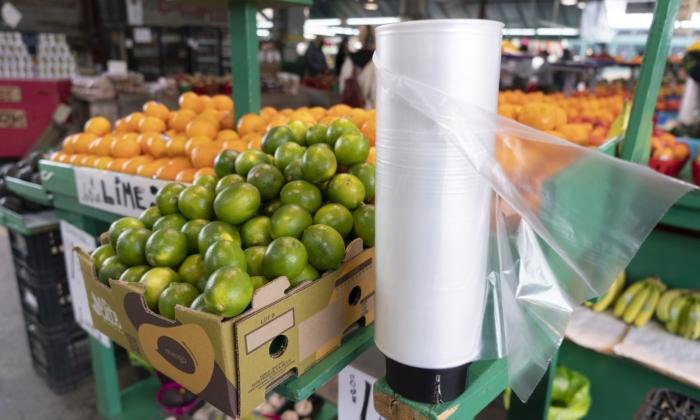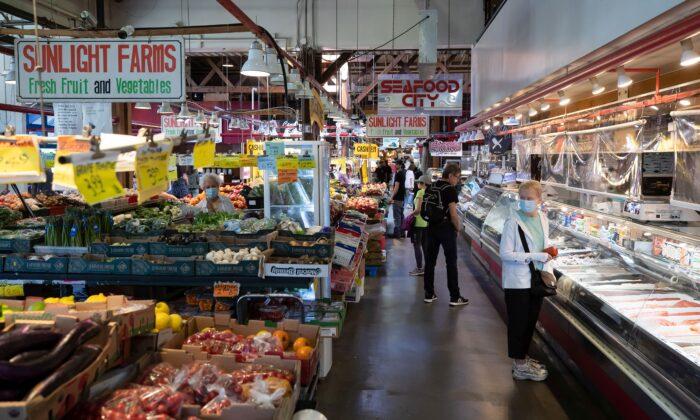Nanotechnology and nanoparticles have been around for quite some time. In fact, consumers have been eating nanoparticles for years without being aware they are in their food.
Some varieties of Dentyne gum and Jell-O, M&M’s, Betty Crocker Whipped Cream Frosting, Kool-Aid, Pop-Tarts, you name it, contain them. Even food packaging such as plastic containers and beer bottles have nanoparticles. While consumers and interest groups alike are registering their concerns about genetically modified organisms (GMOs), the growing role of nanotechnology in food and agriculture is impressive. When considering the socio-economic and ethical implications of nanotechnology, comparisons to the GMO debate are unavoidable.
In essence, nanotechnology revolves around the engineering and manipulation of particles at an incredibly small scale. Nanoparticles are measured in billionths of one meter. Some nanoparticles do exist in our environment but, similar to the GMO debate, nanoparticles engineered in laboratories are becoming a source of concern to environmental and health advocates. In Canada, it is not mandatory to disclose the presence of nano-size particles in food, and the proper assessment of food safety risks related to nanotechnology remains, at best, a work in progress.
Nanoparticles actually serve the food industry very well, and allow consumers to have access to fresher, more affordable food products. They deliver nutrients, keep food fresh longer, and are often used to thicken and color processed foods. To protect consumers, nanoscale devices can even detect food pathogens at several stages of food production cycles throughout the value chain. As for global food security, many believe nanoparticles have also helped agricultural systems in emerging countries by enhancing local food productivity in rural communities. Still, some have their doubts.
Benefits stemming from nanoparticles in food reach both ends of the food continuum, unlike GMOs where primary producers and processors are really the main benefactors. Producers, processors, distributors, and retailers reap dividends from nanotechnology. As nanoparticles can be used in many different ways and have several applications, thousands of food products with nanoparticles are currently being developed, and many are already in line for regulatory approval. The number of food products containing nanoparticles will only increase moving forward.
Most consumers are not aware of how nanotechnology has changed the way we make and distribute food products over the last few decades. We have seen this from the food industry before. For decades, trans fats were incorporated in many food products to make them look and taste better. When science went to work and figured consumption of trans fats may cause heart disease, the food industry and policies were adjusted. Although science is telling us GMOs are safe, the element of surprise and what is unknown to consumers unsettles.
If we dare to believe that we have learned from the trans fats and GMO debacles, which have now dragged on for decades, the food industry should nonetheless have the courtesy to explain to consumers what it intends to put in our food, or is in our food already. As with GMOs, to imply that consumers are consenting to the virtues of nanoparticles on the basis that they already bought and consumed them is a road to yet another clash between the industry and consumers. Not many food industry pundits are willing to partake in an open discussion about the use of nanotechnology, which does not bode well for the future.
The big picture is this: For years, capitalism has demonstrated its ability to create wealth while relying on consumers’ willingness to intrinsically trust what is being offered to them. With trans fats, GMOs and now nanoparticles, our food industry is literally playing with fire. Most consumers may not have the knowledge to fully comprehend the essence of what nanotechnology is or what it can do but, in an era where data access in almost constant real-time is king, the industry should at least give public education a shot.
Additional education may actually make some of us more nanofriendly after a while. In the end, food technologists should remind themselves that their optimistic biases often disable them from appreciating the social aspects of food.
Dr. Sylvain Charlebois is associate dean at the College of Business and Economics at the University of Guelph in Ontario. This article originally published at troymedia.com.
Industry Needs to Explain Use of Nanoparticles in Our Food
Comparisons to the GMO debate unavoidable
Nanotechnology and nanoparticles have been around for quite some time. In fact, consumers have been eating nanoparticles for years without being aware they are in their food.


7/21/2014
Updated: 7/20/2014



